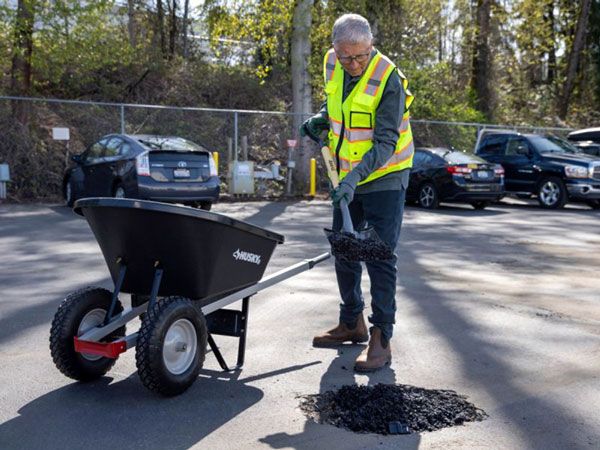Modern Hydrogen has created on-site methane pyrolysis technology, which can take natural gas, LNG, or biogas and turn them into usable hydrogen and solid carbon anywhere where there is existing gas infrastructure. The technology is powered by a portion of the hydrogen it generates. So, in this process, CO2 is never created and no harmful emissions are released into the atmosphere. Rather, the carbon is reused.
Methods like these could be a pivotal component in solving the many challenges we know exist to create a viable hydrogen infrastructure (i.e., the ability to store and transport hydrogen). Hydrogen can be incorporated into the existing energy ecosystem, minimizing the need for new installations and avoiding the complexities associated with scaling up renewable power generation and storage, to completely revolutionize the future. Natural gas can be converted into hydrogen fuel, and in the future, hydrogen fuel cells will power electric vehicles.
However, the potential of hydrogen is such that futurists and researchers believe hydrogen power will be the future. Even for electric vehicles, they will probably ultimately be powered by hydrogen.
